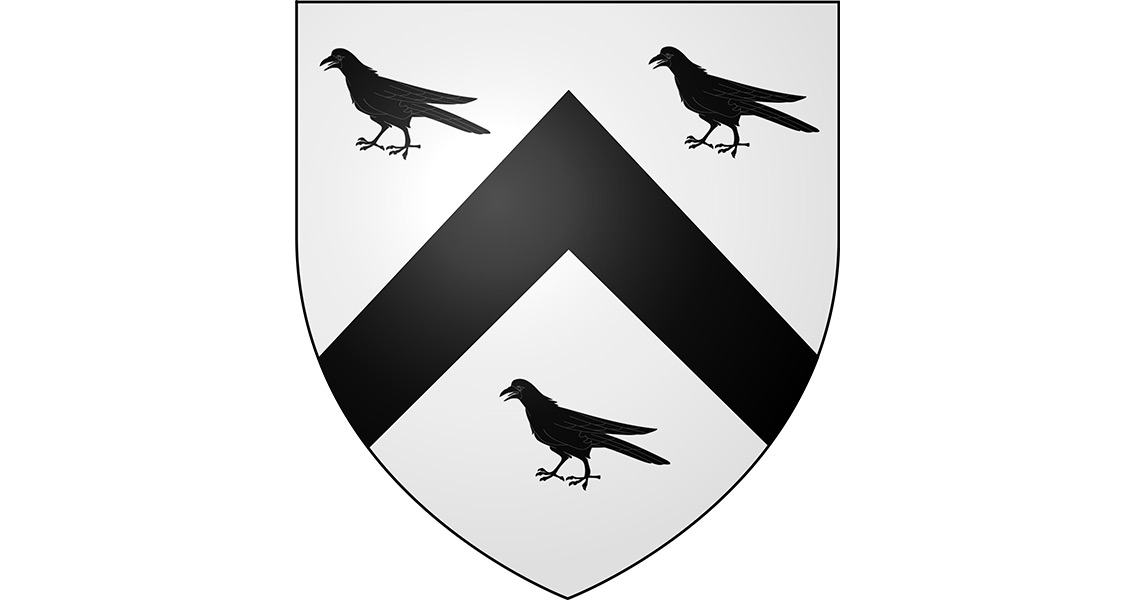<![CDATA[The long lost kingdom of Rheged, which dates back to the Dark Ages, may have been unearthed during excavation work at the archeological site of Trusty's Hill in Scotland. The site is known for the Pictish Symbols that were carved into a rock outcrop at the entrance to the fort. Archaeologists say it may have been a stronghold of King Urien, who ruled the kingdom of Rheged during the sixth century and appears in Arthurian legends. In some of the Arthurian legends, King Urien marries Morgan le Fay, King Arthur's sister who, according to one story, plots to steal the sword Excalibur, kill Arthur and Urien, and then take the throne for herself and her lover Accolon. Despite the kingdom's historical importance, its location has remained unknown. “Trusty’s Hill was likely the royal seat of Rheged, a kingdom that had Galloway as its heartland,” Dr. Bowles, an archeologist with the Scottish Borders Council is quoted as saying in the Independent. “This was a place of religious, cultural and political innovation whose contribution to culture in Scotland has perhaps not been given due recognition. Yet the influence of Rheged, with Trusty’s Hill at its secular heart … and Urien its most famous king, has nevertheless rippled through the history and literature of Scotland and beyond.” An excavation of the site, which started in 2012, revealed that Trusty’s Hill was a type of fort with a design similar to other high status settlements during the late Iron Age and Early Medieval Periods. Archeological work has revealed timber and stone fortifications, and an entranceway marked with two Pictish symbols on one side, believed to have led to the complex where royal inauguration rituals were conducted. The Picts were a confederation of tribal people who resided in what is eastern and northern Scotland today. Given their findings, archaeologists have been able to build a vibrant picture of everyday life at the stronghold, including what remained of a workshop that produced high quality metalwork of silver, gold, iron and bronze. Other apparent activities at Trusty’s Hill included leatherworking, the spinning of wool, and feasting on a diet consisting mainly of cattle, barley and oats. Dr. Christopher Bowles, co-director of the excavation, added: “This household is likely to have been connected with an international trade network that linked important sites around the Irish Sea with Continental Europe. “The power of this royal household was maintained by bonding the people of this land and the districts beyond by gifts, promises of protection and the bounties of raiding and warfare.” Recent analysis of the symbols has confirmed them to be early medieval carvings. “The literal meaning of the symbols at Trusty’s Hill will probably never be known. There is no Pictish Rosetta Stone. But these symbols and the material culture we recovered provide significant evidence for the initial cross cultural exchanges that forged the notion of kingship in early medieval Scotland,” the article goes on to say. ]]>
The Lost Arthurian Kingdom of Rheged Discovered in Scotland
